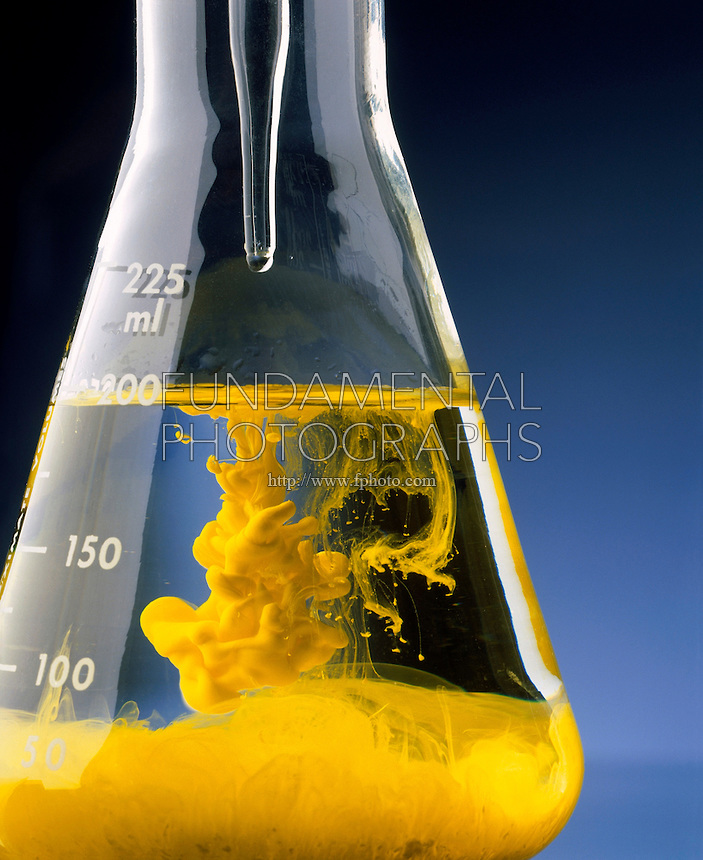How do you write the the reaction of lead(II) nitrate (aq) with sodium iodide (aq) to form lead (II) iodide precipitate and sodium nitrate solution?
1 Answer
Here's how you can do that.
Explanation:
You're dealing with a double replacement reaction in which two soluble ionic compounds in aqueous solution react to form an insoluble solid that precipitates out of solution.
In this case, lead(II) nitrate,
#"Pb"("NO"_3)_text(2(aq]) -> "Pb"_text((aq])^(2+) + 2"NO"_text(3(aq])^(-)#
#"NaI"_text((aq]) -> "Na"_text((aq])^(+) + "I"_text((aq])^(-)#
When these two solutions are mixed, the lead(II) cations,
The other product of the reaction is aqueous sodium nitrate,
You can thus say that
#"Pb"("NO"_3)_text(2(aq]) + color(red)(2)"NaI"_text((aq]) -> "PbI"_text(2(s]) darr + color(red)(2)"NaNO"_text(3(aq])#
The complete ionic equation, which includes all the ions present in solution, will look like this
#"Pb"_text((aq])^(2+) + 2"NO"_text(3(aq])^(-) + color(red)(2)"Na"_text((aq])^(+) + color(red)(2)"I"_text((aq])^(-) -> "PbI"_text(2(s]) darr + color(red)(2)"Na"_text((aq])^(+) + 2"NO"_text(3(aq])^(-)#
The net ionic equation, which eliminates spectator ions, i.e. the ions that are present on both sides of the equation, will look like this
#"Pb"_text((aq])^(2+) + color(red)(cancel(color(black)(2"NO"_text(3(aq])^(-)))) + color(red)(cancel(color(black)(color(red)(2)"Na"_text((aq])^(+)))) + color(red)(2)"I"_text((aq])^(-) -> "PbI"_text(2(s]) darr + color(red)(cancel(color(black)(color(red)(2)"Na"_text((aq])^(+)))) + color(red)(cancel(color(black)(2"NO"_text(3(aq])^(-))))#
This will be equivalent to
#"Pb"_text((aq])^(2+) + color(red)(2)"I"_text((aq])^(-) -> "PbI"_text(2(s]) darr#
Lead(II) iodide is a yellow solid that precipitates out of solution.


